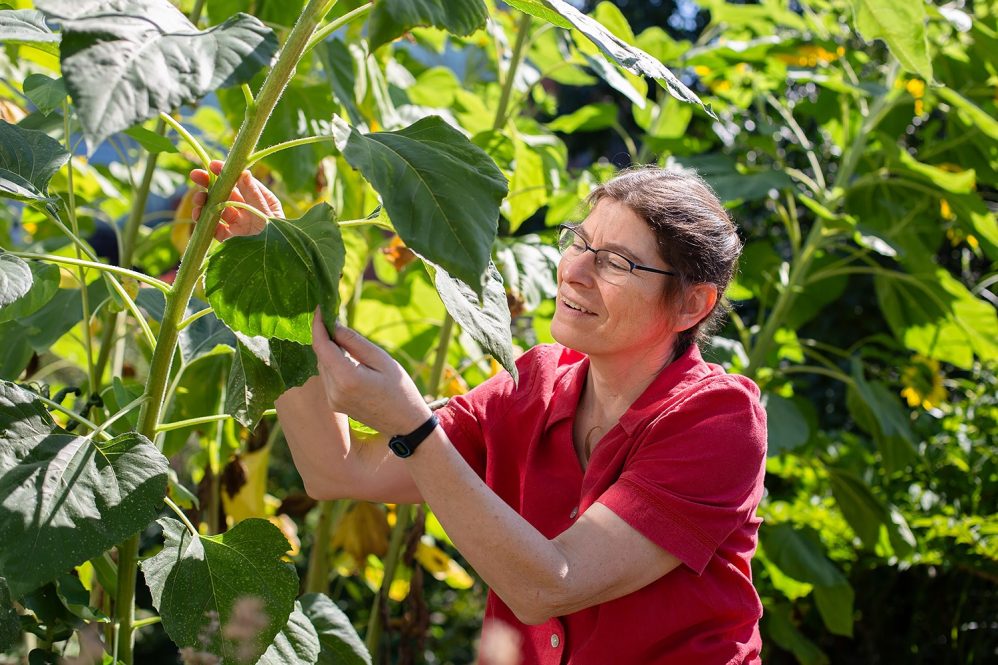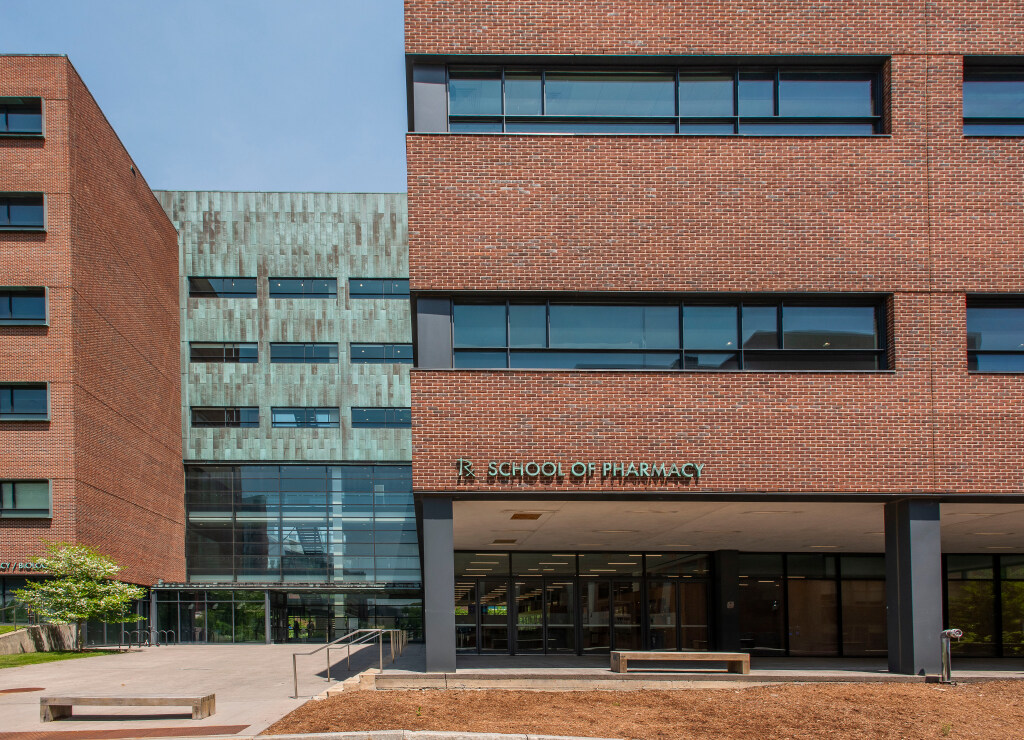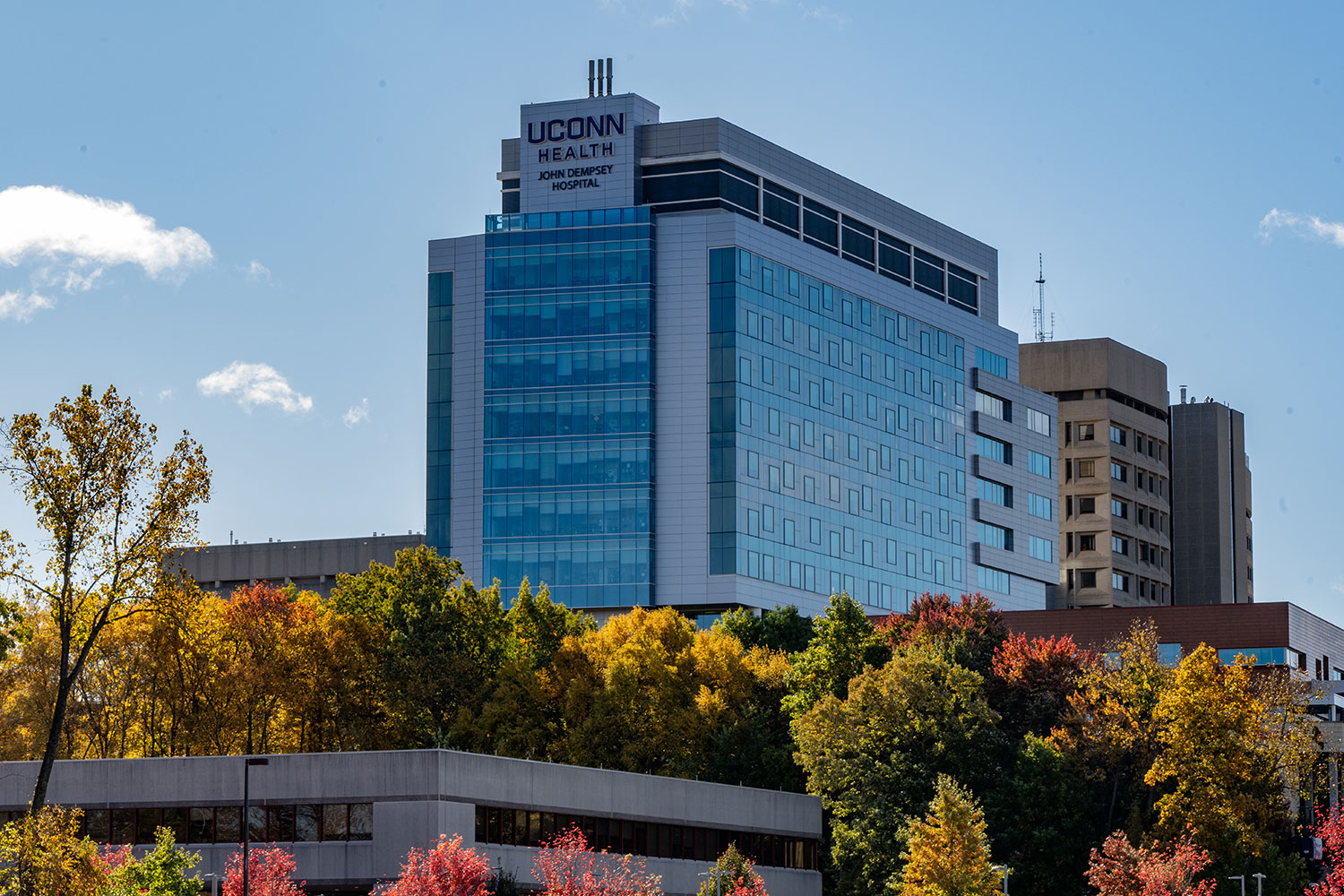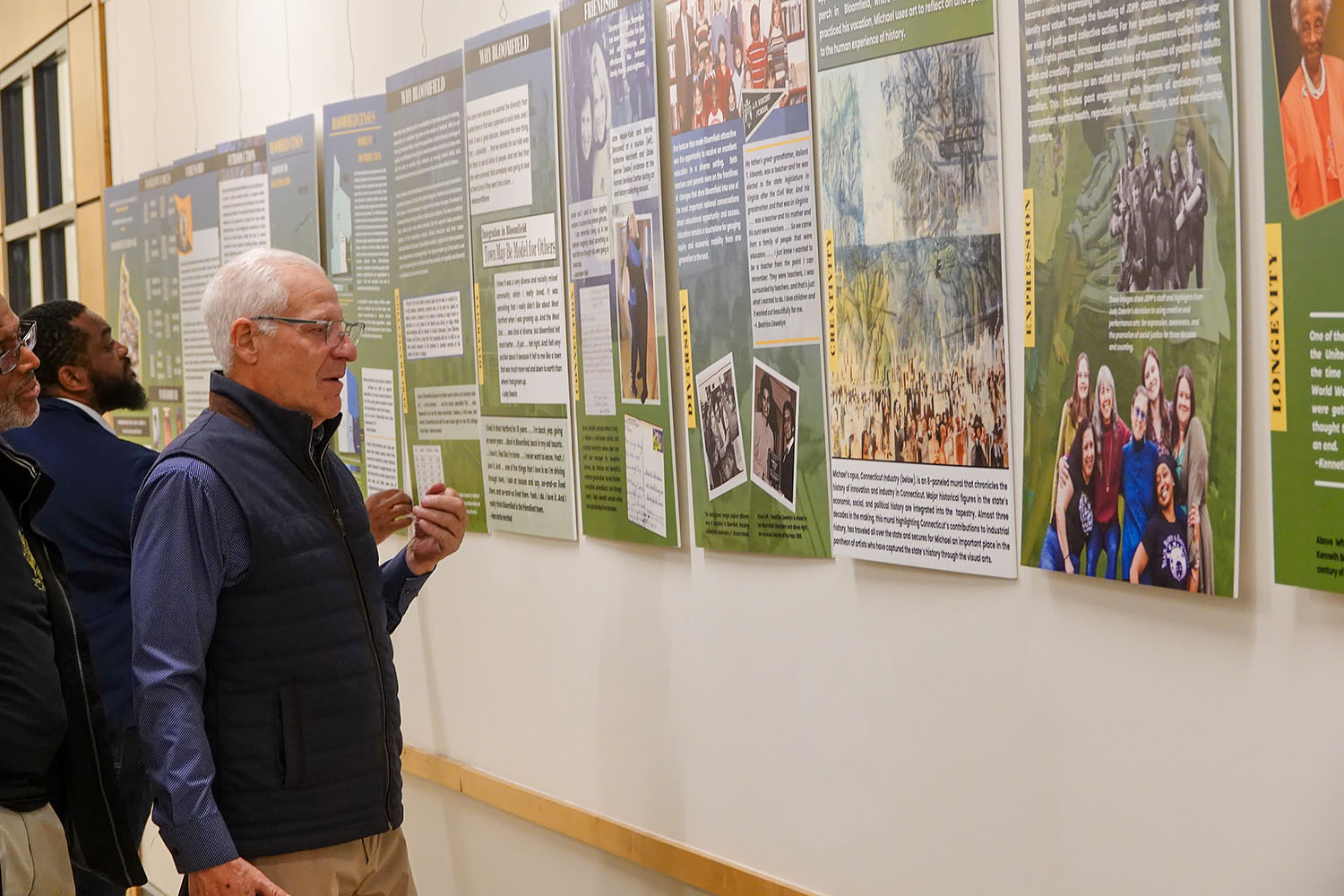How has the Department of Ecology and Evolutionary Biology changed since you joined in 1999?
The crises we address in our work, like global change and the biodiversity crisis, are getting much more attention. These issues are now at the forefront of many people’s minds. In the department, that means that more people have incorporated applied components into their work.
For example, my work with slender salamanders, specifically those in the genus Batrachoseps, has shifted from just understanding their evolutionary history and population structure to providing crucial information for decision-makers. Several of these salamanders are candidates for endangered species listing, making my research suddenly very relevant.
We’re also seeing more collaborative, team-oriented work in the department and in the field as a whole. The scale at which we can conduct research has grown significantly, partly due to larger teams and advancements in technology. For example, genomic technology allows us to learn much more, even from single specimens. These changes have contributed to the increasingly computational and quantitative nature of the field.
Do you have goals for the department?
Yes, I definitely want to maintain our commitment to undergraduate teaching. If you survey our grad students or even many undergrads, you’ll find that we teach the kind of courses that ignite a passion for organismal biology. We offer hands-on engagement and experiences that can set students on new trajectories or introduce them to career paths they hadn’t considered. This is true not just for biology majors, but for students across different fields like natural resources.
I also want to ensure that we provide top-notch graduate training. One piece of this is continuing to do research at the forefront of ecology, evolution and systematics. Another piece is helping graduate students build the kinds of diverse skillsets they will need to tackle big challenges, such as the biodiversity and global change crises.
What are some of the exciting research areas emerging in your department?
The power of genomics to help us answer our questions is incredibly exciting. We can now understand how evolution works not just on a gene-by-gene basis or in a test tube, but in real-world, complex environments. It also has practical applications. For example, the ability to sequence and compare whole genomes allows us to identify novel targets for conservation in forest trees facing new diseases. This approach helps us understand the past and shape the future.
Another major area of interest is the intersection of ecology and evolution, especially understanding how evolution can happen rapidly enough to affect interaction patterns. This is critical for making accurate predictions about the future of biodiversity. Finally, we still have a lot to learn about organisms. Organisms have all sorts of tricks that humans haven’t fully figured out yet. New tools help us figure out how and why they do what they do.
What makes the UConn EEB department unique?
The living plant collection–the EEB Botanical Conservatory, or the Greenhouses–is a premier collection that offers tremendous opportunities to students. It has living plants representing about 1% of all the world’s plants, which is pretty amazing. It’s not just used by biology students, but also by art students, archaeology students, and many others. If you’re having a bad day in the winter, you should just go in there. There’s always something amazing to be seen.
The biodiversity collections are also a valuable record of biodiversity that traditionally has been used by taxonomists and systematists but has many additional uses. They’re a repository of ecological data, genetic data, and environmental data that allows us to track how the world has changed, such as how plant and animal ranges have shifted, flowering times have changed, and body sizes have changed. For example, we know that plants are flowering earlier and salamanders are getting smaller. We can also track the spread of diseases and look at contaminant levels in the environment.
Is there still a place for traditional naturalist approaches, like finding and naming organisms?
Yes, taxonomy and systematics are foundational. While naming organisms might seem like service work, it’s crucial for anyone studying or quantifying biodiversity. These areas of study are built on the work of those who catalog and classify organisms.
But now we can look at organisms in whole new ways–not just through their morphology, but their genomes. And we can look at morphology and function in much greater detail than we could before because some of the imaging techniques that are out there now, like micro-CT scanning, are unbelievable.
Why is it useful for non-majors to take your classes?
All life is touched by aspects of biology in very direct ways. Everyone is going to be facing decisions for their personal health and that of their family members that depend on making decisions about biology or understanding biology.
Cancer is an evolutionary process. It’s an evolutionary disease. Understanding how evolution works can inform how we think about it. We’ve all been witnessing evolution in action with COVID over the last four years. We’ve seen how that has seriously disrupted society in all kinds of ways, and how the evolutionary process has kept that going.
We’re also seeing huge changes in our environment. Lots of people think, “When I was younger, I used to see a lot more monarchs,” or songbirds, or fireflies, or whatever. Being aware of that is important; the decisions we, as a society, make will affect what the world’s going to look like in the future.
Tell us a little about your research.
I’m an evolutionary biologist. I’m interested in understanding the diversity of life, and specifically, how an organism’s development over its lifespan can influence its evolution. In my lab, we primarily study arthropods, tardigrades, and salamanders.
We conduct some research in the UConn Forest. One of my graduate students is particularly interested in the evolution of development in salamanders, and several species in the area are useful for this study. A couple of undergraduate students have worked on the red-backed salamander, which has a color polymorphism. Some salamanders we study in California have declined and are close to becoming endangered. I wasn’t planning to become the world’s expert on an obscure group of salamanders that has a bunch of endangered species, but that’s how it panned out! When people need the most current scientific information on them, it’s usually coming from my lab.
What do you think are the biggest upcoming developments in your field over the next 10 years?
I believe AI is going to have a significant impact on our field. We don’t fully understand its potential yet. We’re keen on predicting how natural systems will change in the future, such as shifts in geographic range, alterations in physical characteristics, and changes in interaction patterns. This is a complex area, but I think AI will be a valuable tool in making more accurate predictions. The increasing availability of large datasets, including those from natural history collections, will also be crucial for our research. You don’t have to use only data that you’ve collected to ask questions anymore.
What’s your favorite spot on campus?
Mirror Lake! It is such a hotbed of biological activity. There’s so much going on there. There are things to be observed every day. Beavers came through this year and settled in temporarily and started chewing down the trees. Birds fish there every day. There’s incredible dragonfly diversity. I’ve even seen the fish mob a snapping turtle!
And I have to include the Fenton Meadow off Gurleyville Road for the same reasons, just a lot of diversity. If you’re at the Fenton Meadow during one of those nights when the frogs have just come out and started to call…it’s deafening. Wood frogs and peepers and green frogs, bullfrogs, pickerel frogs, gray tree frogs, American toads, all those things breed there. It’s just great.
This Q&A is part of CLAS Visionary Voices, a series highlighting the College’s new academic leaders and their innovative visions for education, research, and outreach at UConn.



